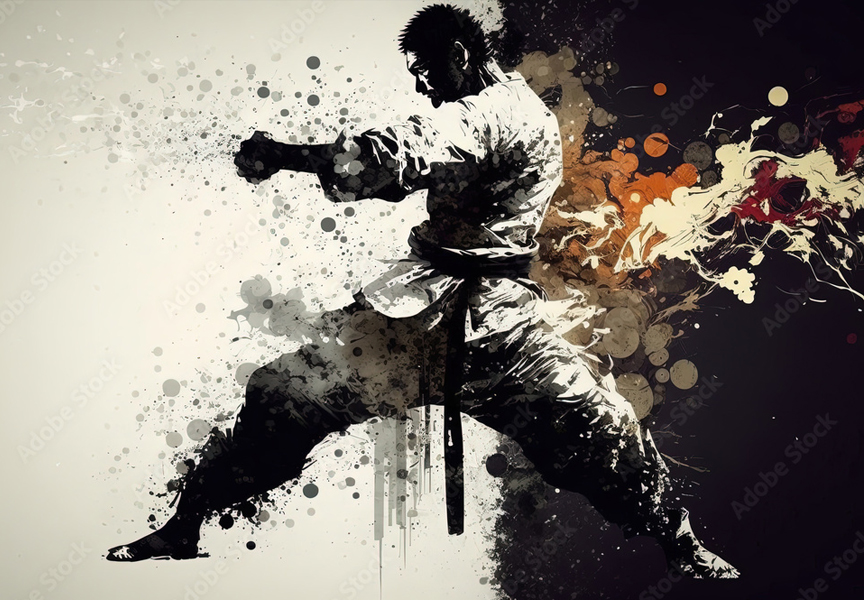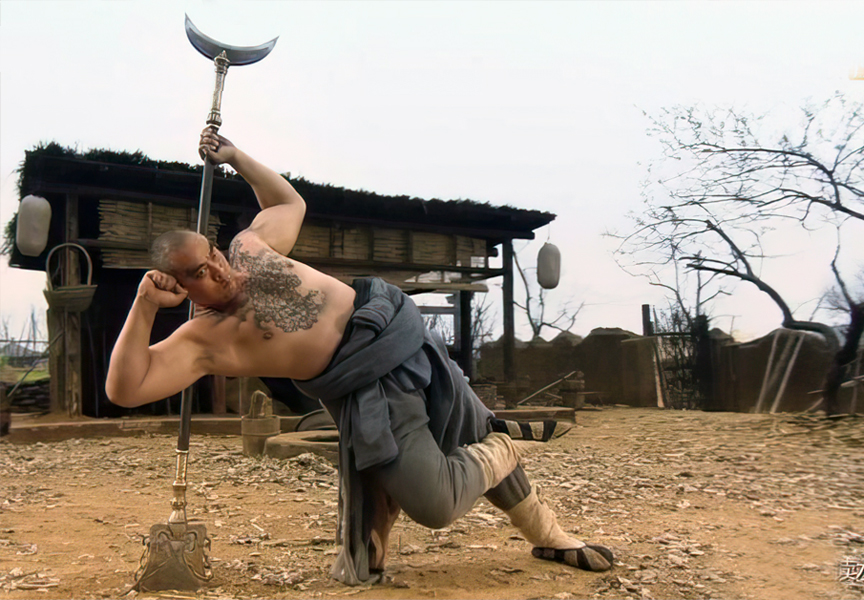Random Free Articles
- Martial Arts. Pursuit, Not a Fad

In a world where trends and fads come and go like fleeting seasons, martial arts stands as a testament to enduring tradition, discipline, and profound physical and mental development. While some might perceive martial arts as a passing craze or a mere form of entertainment, its roots run deep, and its relevance transcends time. In this article, we will explore why martial arts is not a fad, but rather an enduring practice that has stood the…
- The Manifesto of Martial Arts

Beyond Championships to Internal Improvement In a world driven by competition and the pursuit of championships, it is imperative to revisit the essence of martial arts. This manifesto seeks to redefine the perception of martial arts, emphasizing that they should not be considered merely as a sport. Instead, martial arts are profound disciplines that transcend the quest for championships, focusing on internal improvement and personal growth. I.…
- The Empty Mind

A Gateway to Mastering Shaolin Kung Fu In the ancient practice of Shaolin Kung Fu, a martial art renowned for its deep philosophical roots and powerful physical techniques, there is a fundamental principle that echoes through the centuries: the mind must be empty if one seeks to truly learn and master this art form. This concept is not merely a poetic expression, but a practical and profound aspect of Shaolin philosophy that has stood the test…
- The Shaolin Monk's Shovel

A Weapon with a Rich History In the world of martial arts, the Shaolin Temple stands out as a legendary institution that has produced skilled warriors for centuries. Among the various weapons associated with Shaolin monks, the monk's spade, known as Yue Ya Chan [Chin.: yuèyáchǎn 月牙汐] in Chinese, holds a special place. This unique weapon, known as the monk's weapon [Chin.: sēngchǎn 僧汁] is perhaps the most famous…
- Forms and their use

The term Forms means the combination of several techniques, organized by their initiators, in order to present their experience and knowledge from a real battle and which they can pass on to future generations. Masters that created the Forms which have reached to this day, were perfectly aware of the styles, were experienced in the techniques, in order to be able to see the advantages and disadvantages of the form, the techniques, the sequence…

